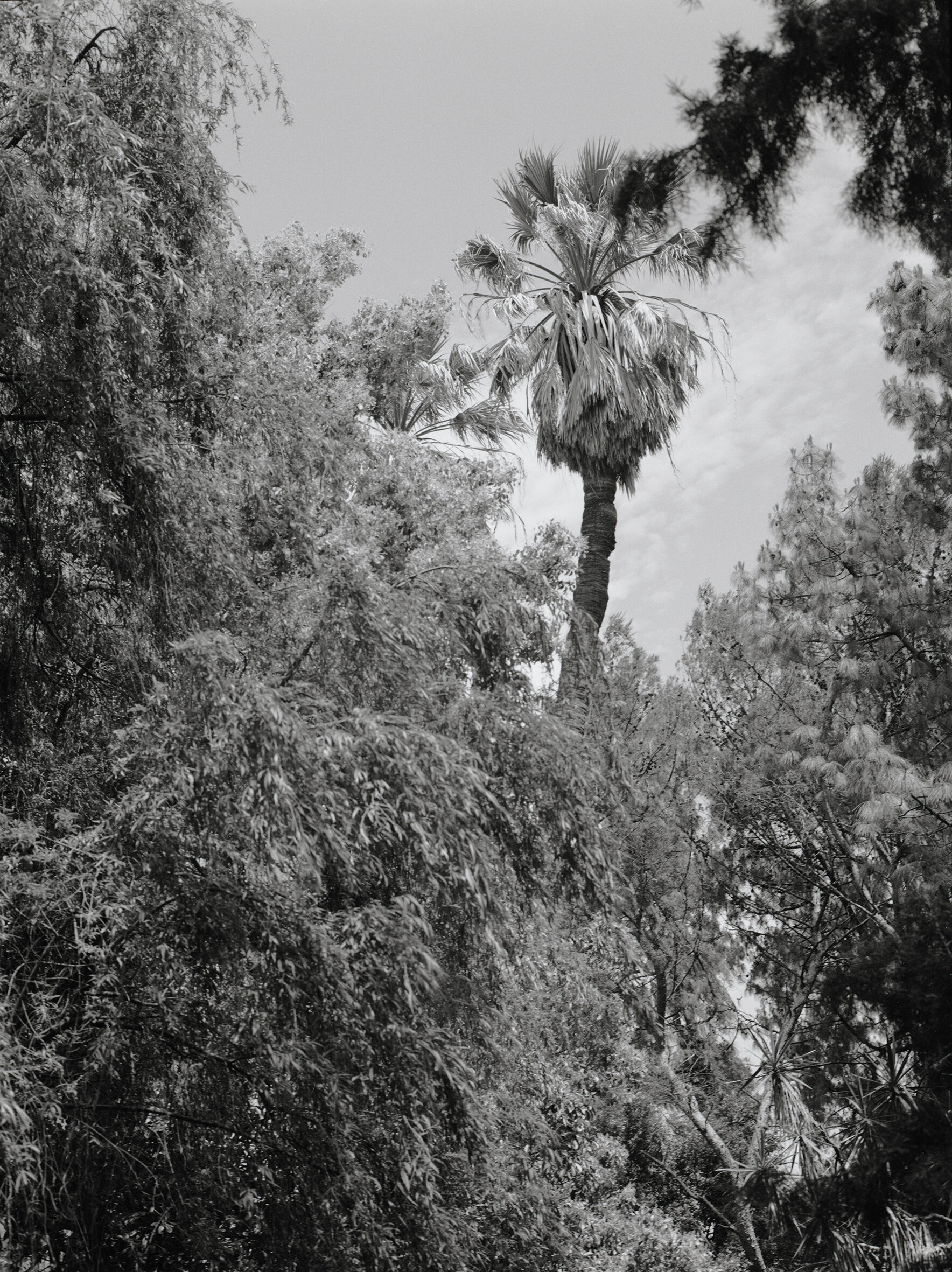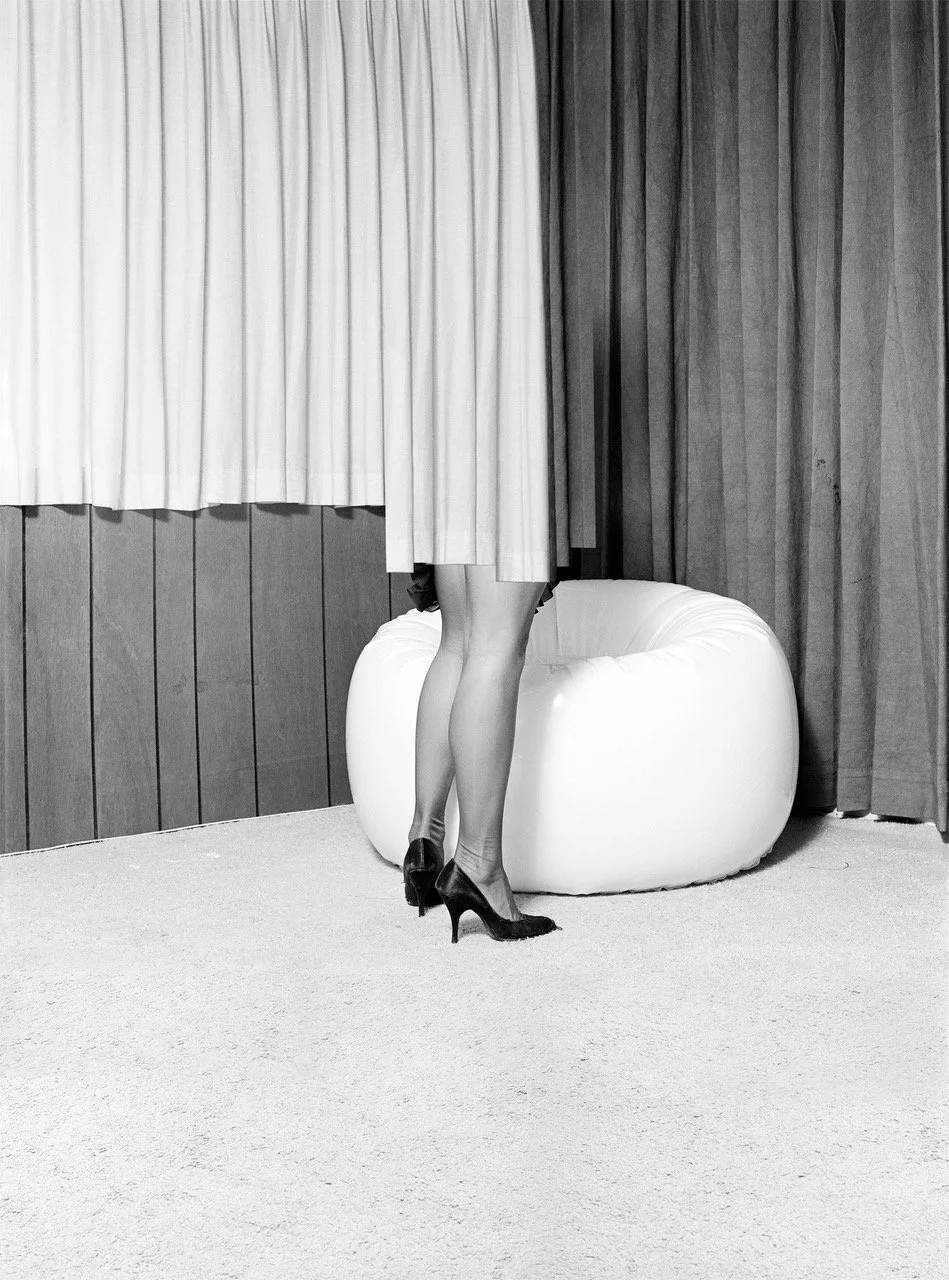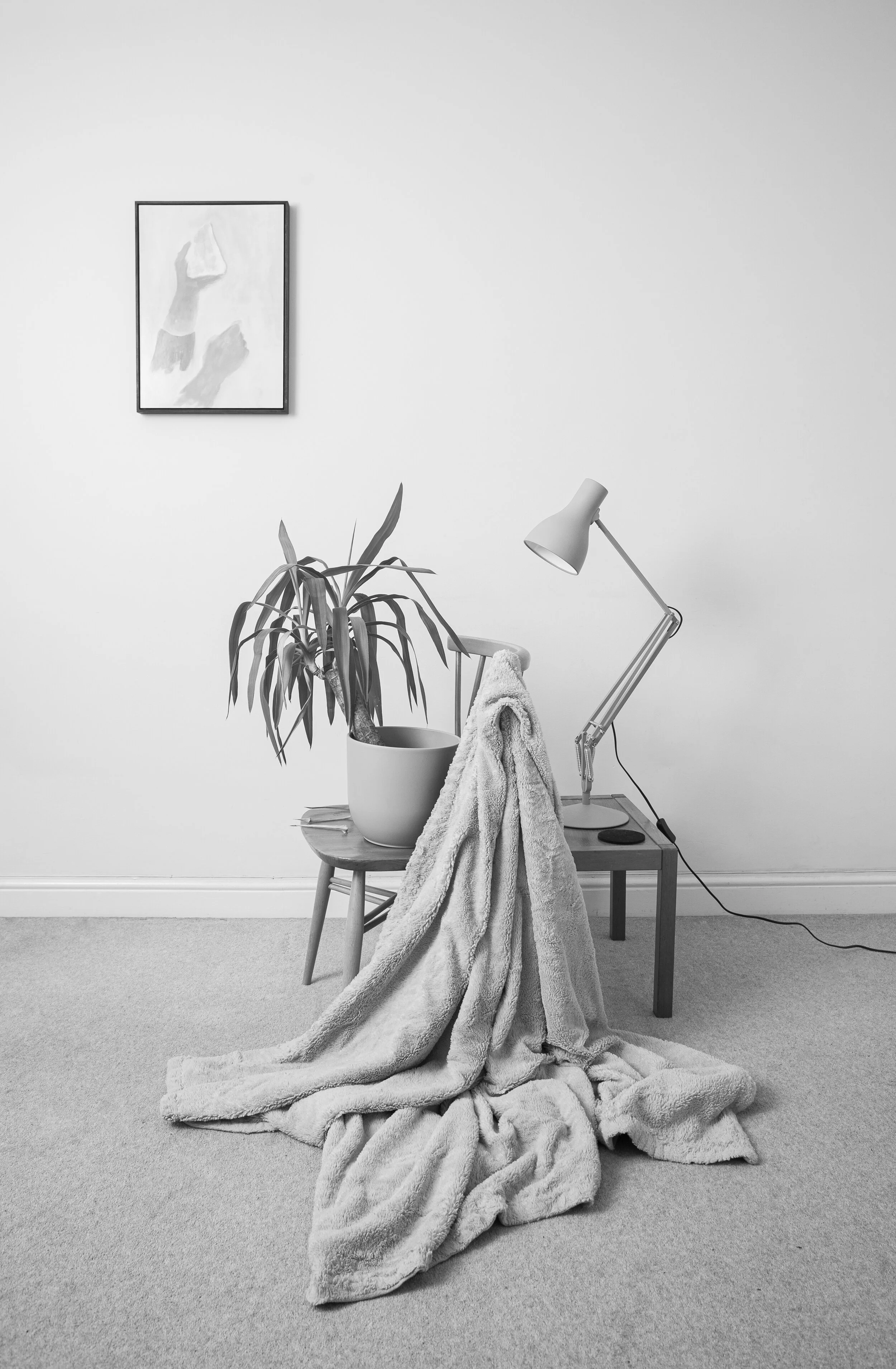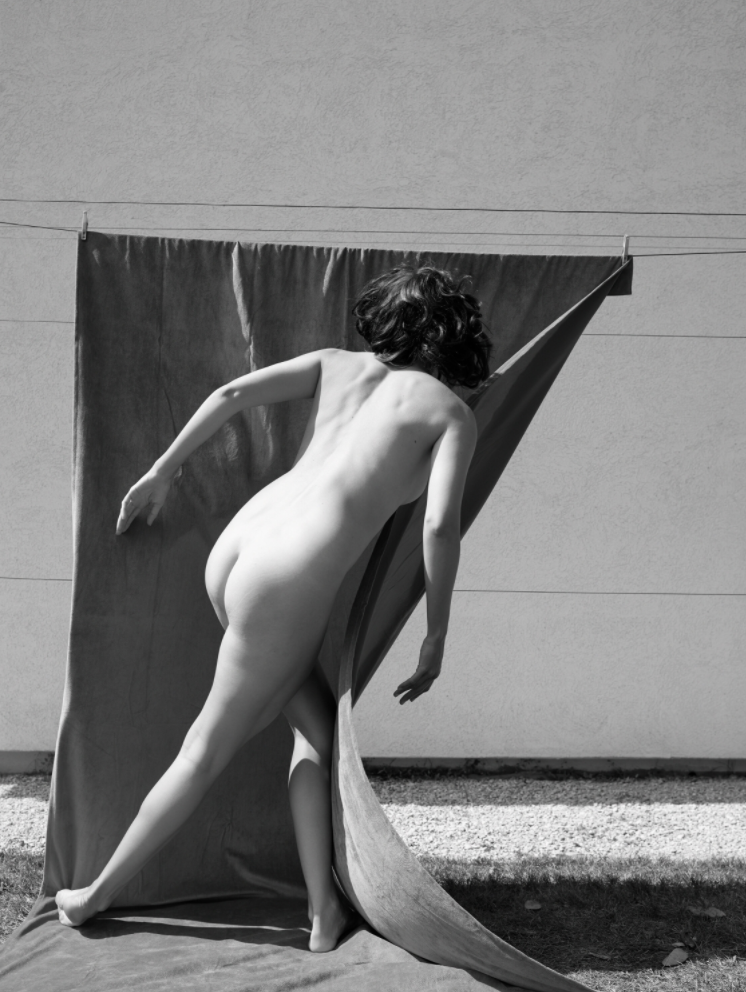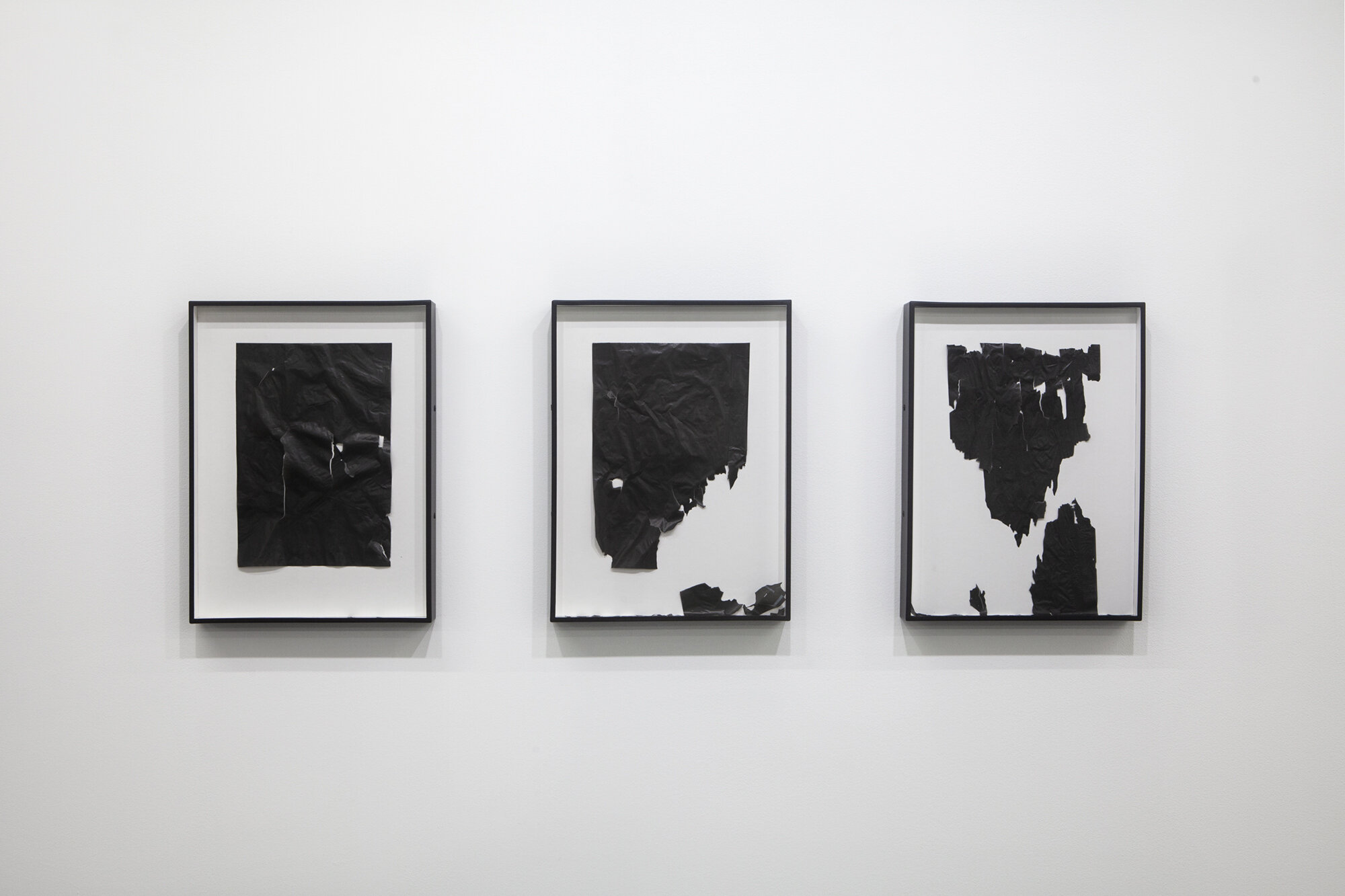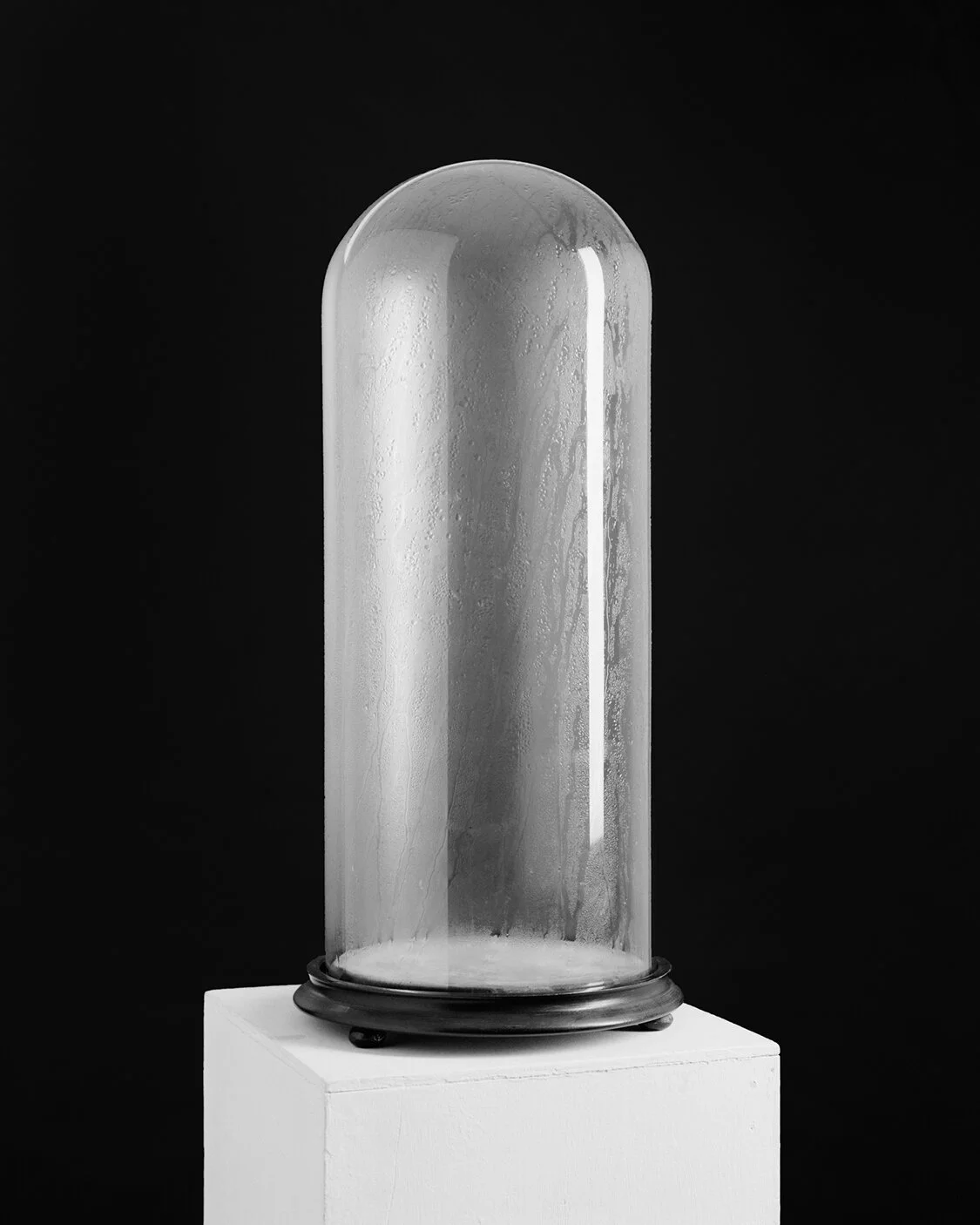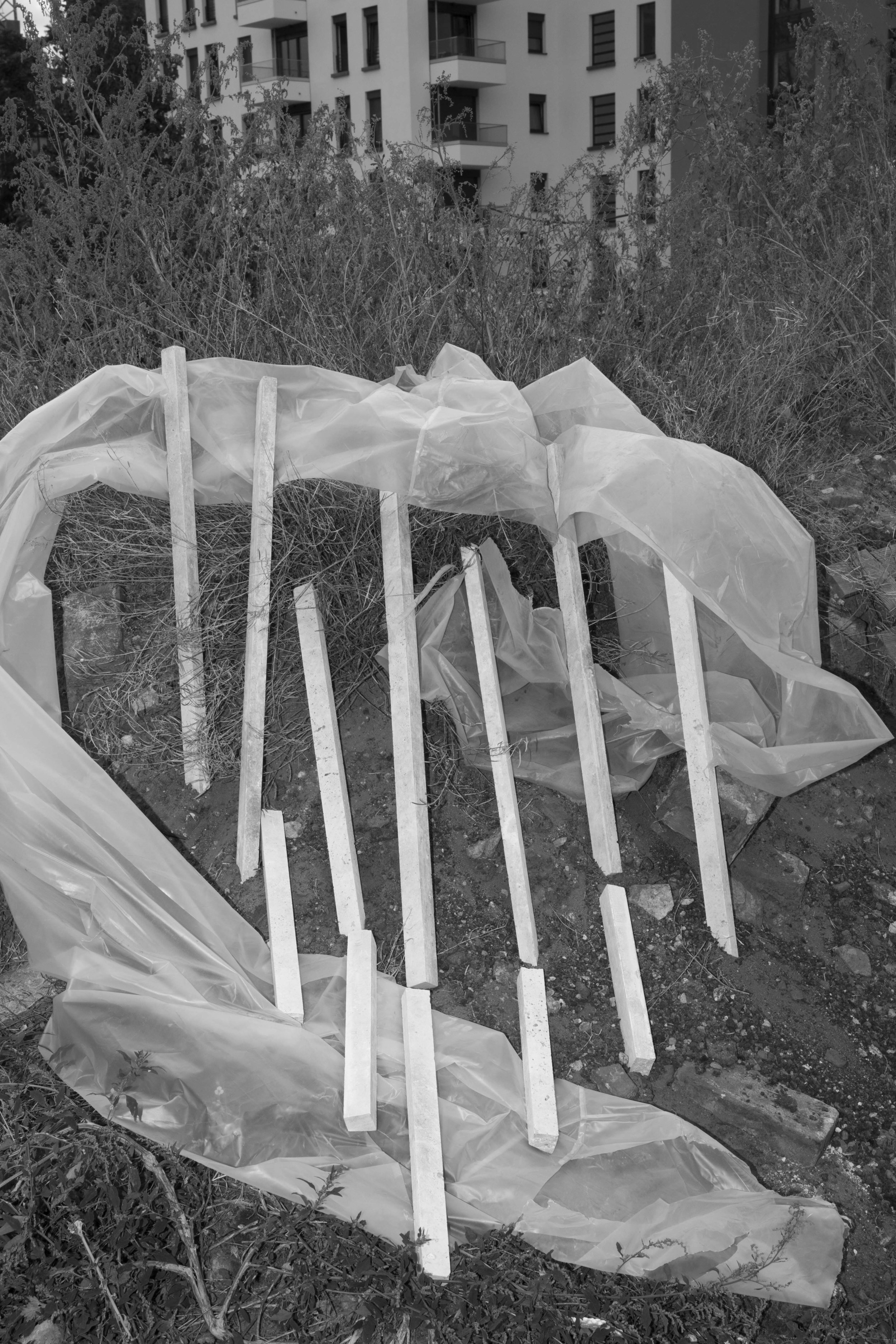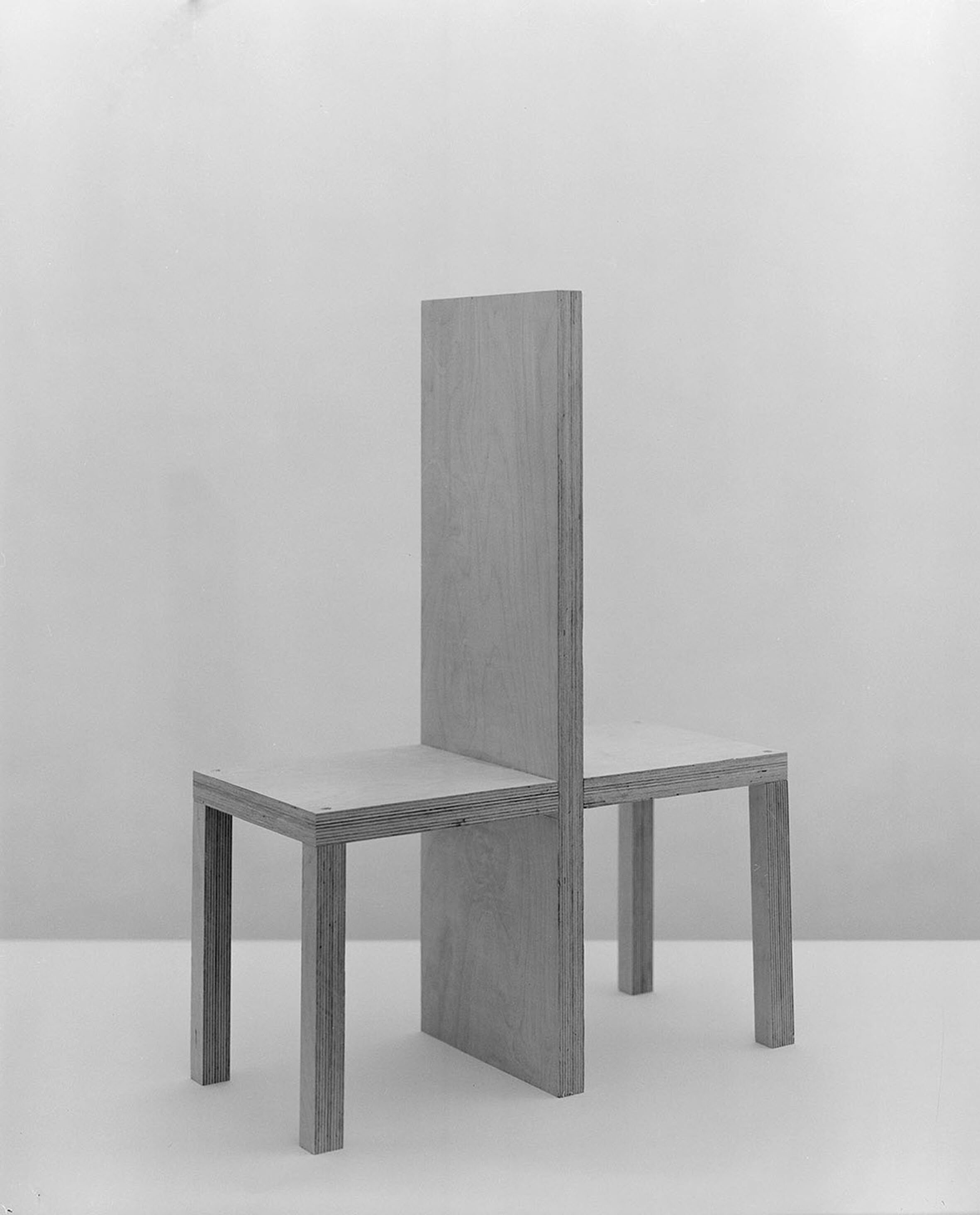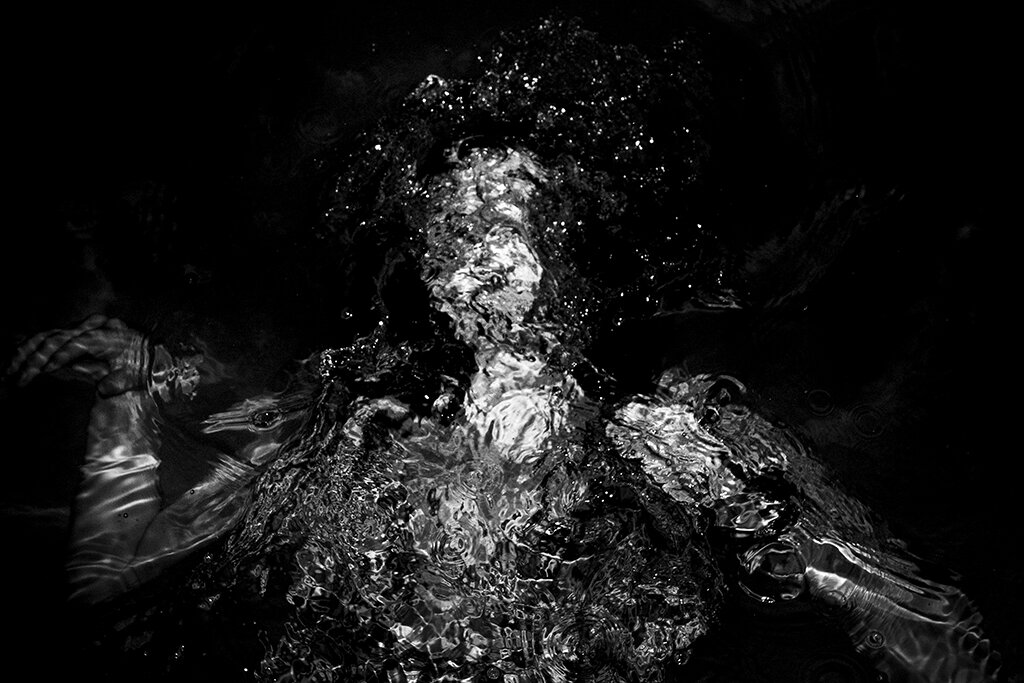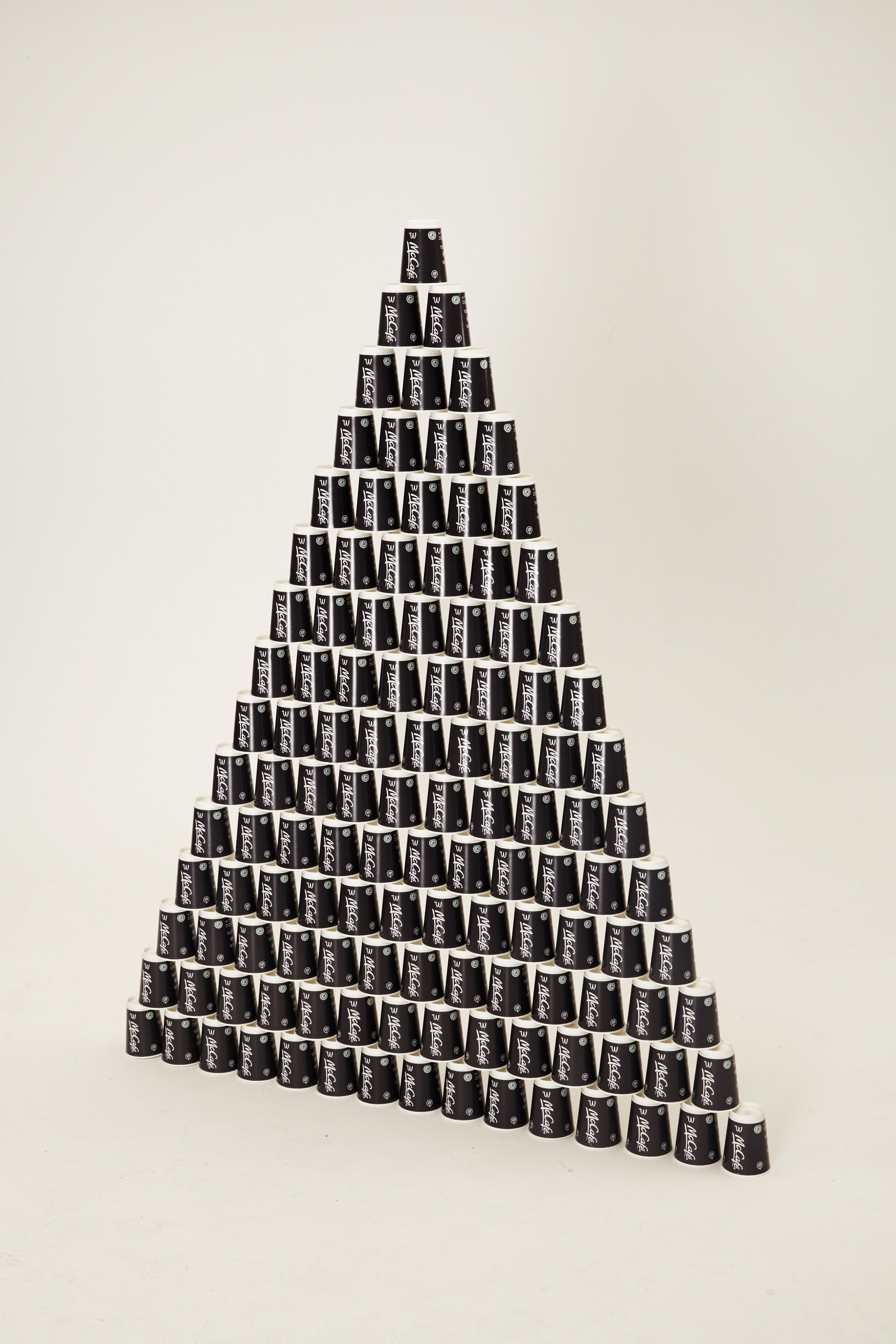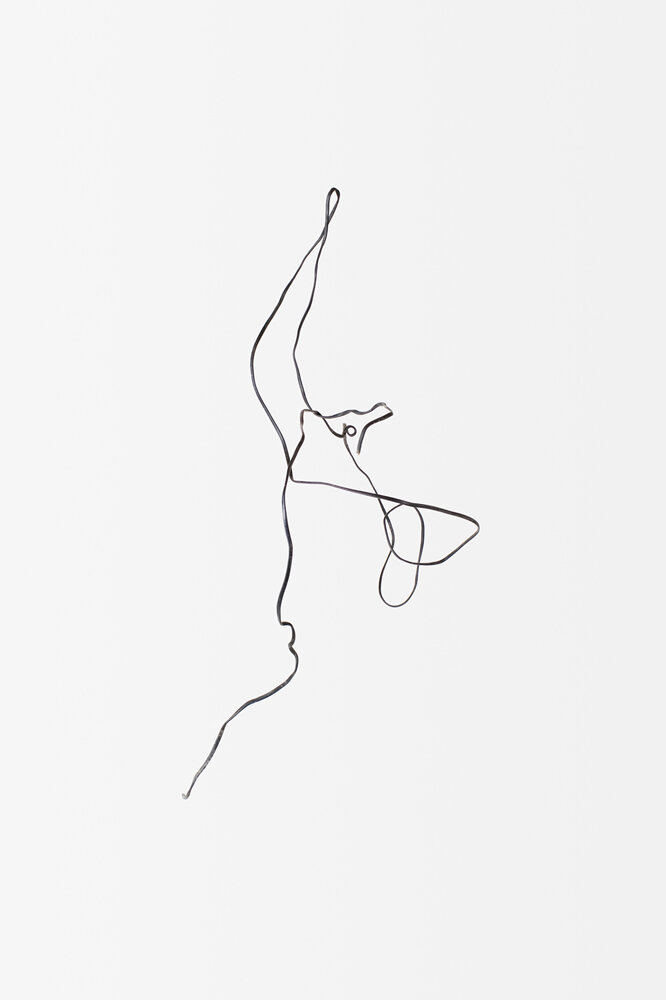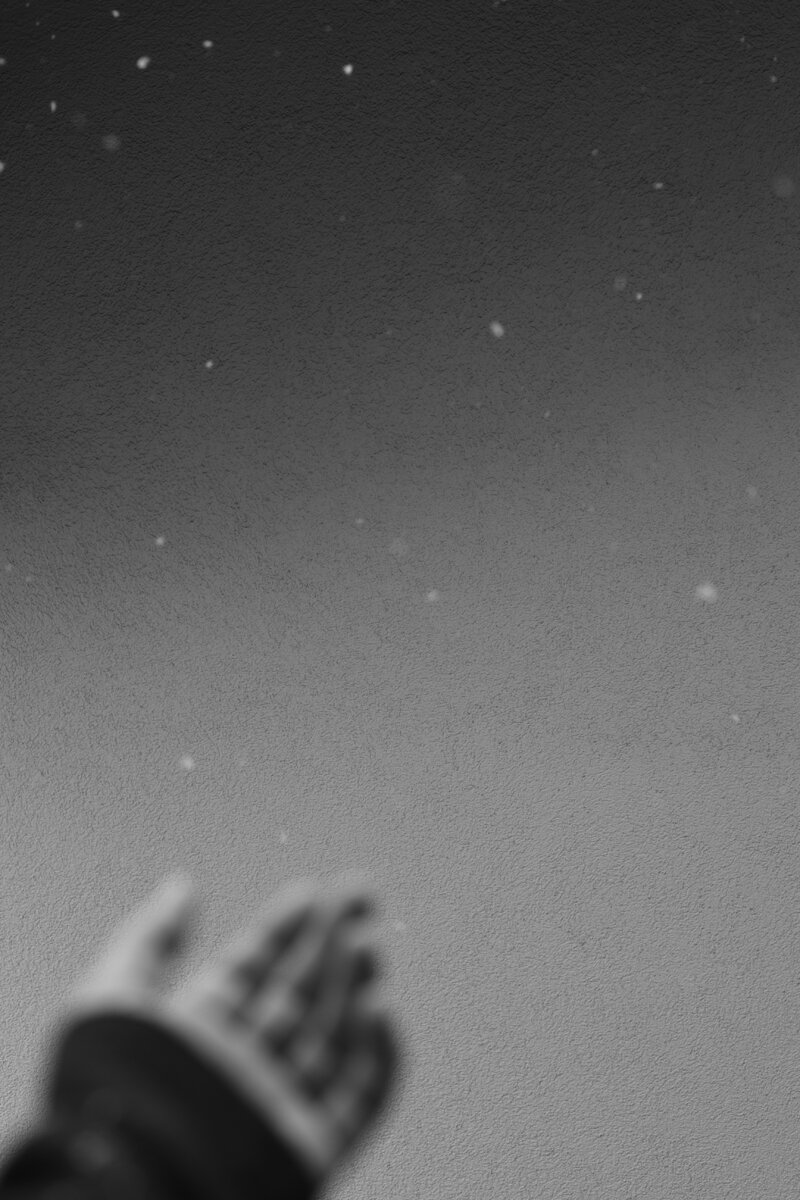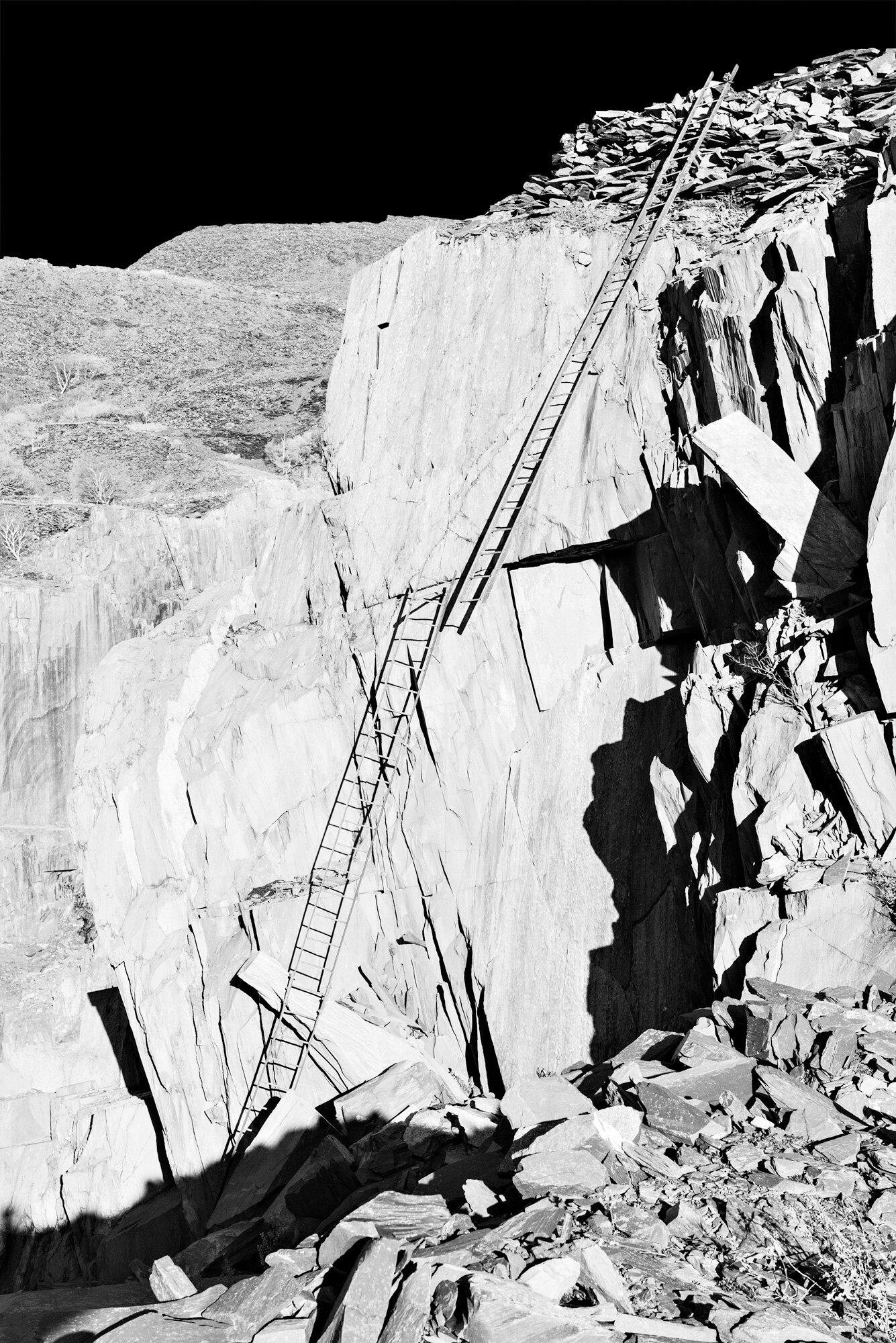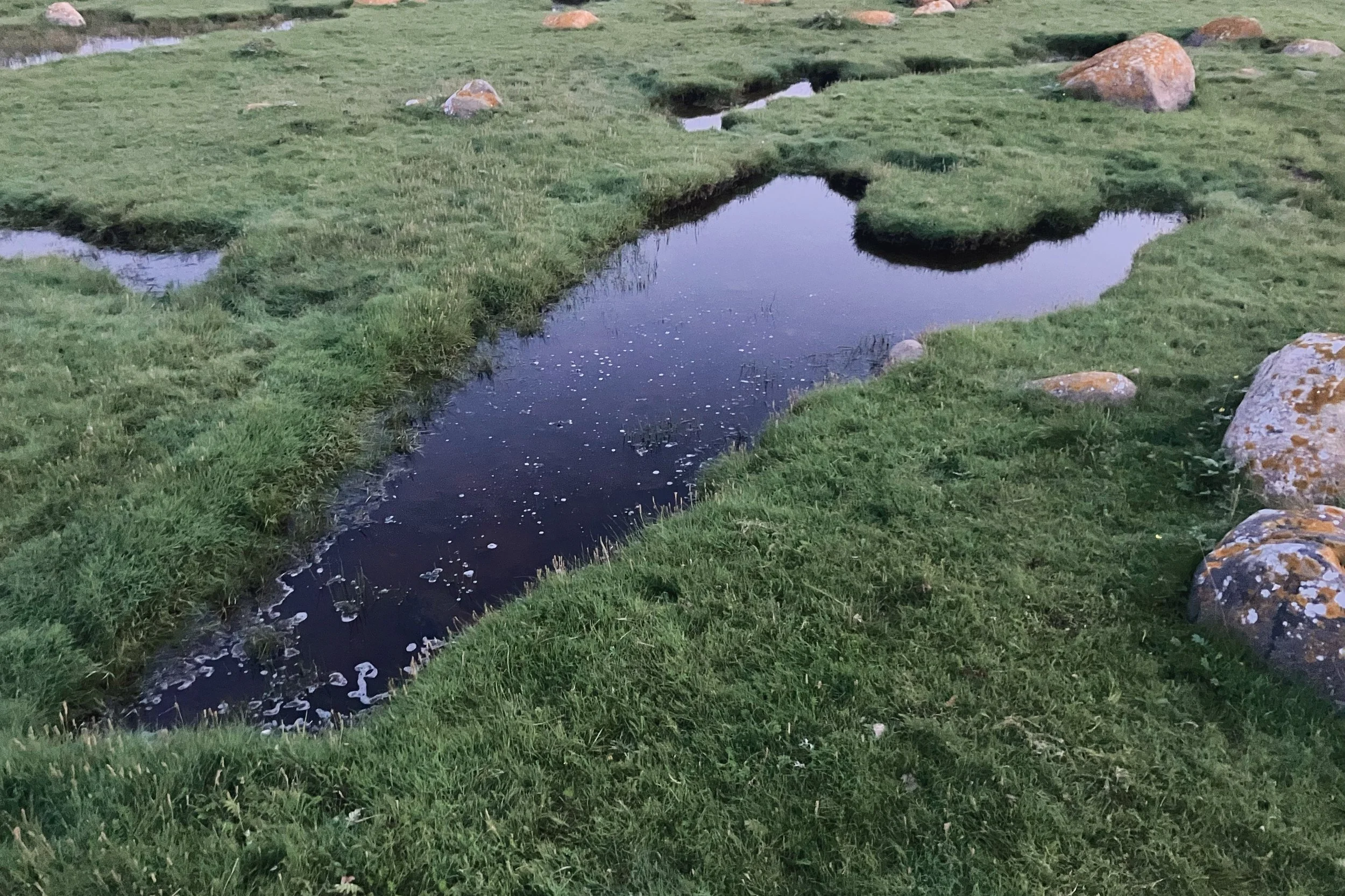Christina Leithe H. #11
COLLECTIVE 11
CHRISTINA LEITHE H.
Collective focus on the artistic process of one emerging artist; we learn about their sculptural practice and how it relates to construction, deconstruction, or both. Questions by Joanna Cresswell.
Tell us about your process. What reference or influence (if any) do you take from other mediums? Working with Landscape.Albums. I was directly inspired by the iconography found in both landscape photography and painting, investigating how the motifs of different landscapes can symbolise different temporary, mental conditions. I am also influenced by abstracts when talking about aesthetics and form in the photographic image, like for example creating one's own language, or focusing on underlying emotions. My first interest toward photography was the writings by photojournalists in the 70's, and their passion for visual storytelling. Traveling to remote places documenting the reality there, just to discover how their pictures were cut, edited and placed alongside the western "good" making their pictures all about "the bad and ugly". We are way past the same disappointments today, but I still think about it when I work, inspired by that unique engagement in ways of telling a story.
Are these pictures concerned with exploring formal and aesthetical interests – studies of form, colour, movement, how things work together, or are they representational, metaphorical? What is the weight that holds these pictures together? I am using the landscape as a metaphor for a journey. A journey driven by a longing for something unknown. A longing created in the past, in the conscious or unconscious memory of something, or someone, now driving us towards something placed in the future. The folders contain photographs that both individually and collectively convey a little story, or moment, where I was focusing on pictures that had a feeling of something unclear and unspoken. The photographs all together form one project in the way they are presented together as a collection, or as an archive.
Are you a photographer or an artist using photography? I am an artist working with photography.
Does your work reflect on the medium of photography or the photographic image? If so, is that intentional? I often reflect on the medium in the terms of what it represents to the viewer. Especially when it is presented in a collection of black and white, as small objects in a rather private collection. In the image I am, amongst many things, inspired by how the surrealists thought the aim was to "resolve the previously contradictory conditions of dream and reality", or as I often describe my work; on the borderline between reality and fiction.
Typically, are your works more about construction or deconstruction? I work mostly with motives that are found. It is only in my still-lives that the objects are arranged. I like to combine the two practices, let them somehow comment on each other, both within the same project, or presenting different series in the same show. Like I did at AKS, presenting the series Lissabon Flowers together with Landscape.Albums.
Are you interested in the notion of your pictures as objects? Do you think about how their physicality may endure as you are photographing them or is that an afterthought? Yes, I do see my pictures as objects, working with this parallel to the process of photographing. Especially in my recent projects where I have been printing my own photographs in the the darkroom, later to arrange them as archives or collections. I also see these analogue prints as visual notes, or small investigative documents that are part of the working process, that I later edit together to create a story.
Often sculptural photographic works are concerned with elevating banal objects, situations or events to a status of ‘art’ – when does something become art for you? In this project I work with motives that are already well known from an art historical perspective as 'art', even if they may not be as grand as the landscape paintings from the Romantic era. Maybe the lonely pine tree could be the banal object in its resemblance of the common. It becomes art when it is placed in the context of art, not necessarily in an institution, but by the one who claims it as such - even if it is debated by others.
WWW.CHRISTINALEITHE.COM
Titles from top:
Works 1-6 from the series Landscape.Albums
Lissabon Flowers
